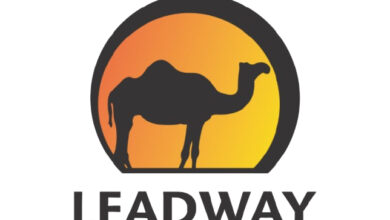Reinsurance market sees orderly renewals at mid-year – AON

After a turbulent 1 January renewal season, which saw a major shift in reinsurer appetite, a sense of order returned to renewals at the mid-year, says Aon in its “Reinsurance Market Dynamics – June and July 2023” report released yesterday.
Building on 1 January, property catastrophe pricing and retentions at mid-year increased compared to the same period in 2022, although pressure on pricing and terms and conditions eased somewhat compared with 1 January. Capacity was more readily available and some reinsurers showed a greater willingness to grow, says Mr Joe Monaghan, global growth leader at Reinsurance Solutions, Aon, in the report.
According to Asia Insurance Review, major factors driving reinsurer behaviour at 1 January have receded or were absent from the mid-year renewals and property catastrophe pricing is now attractive for markets even without securing retro coverage. Retro has stabilised and catastrophe bond markets have rebounded, while Hurricane Ian losses have developed in line with expectations, if not at the lower end of expectations.
More stable footing
Despite headwinds, the insurance market is in good shape, following the re-pricing of risk and higher interest rates, which are beginning to work their way through to improved results. The more orderly renewal also reflected the preparations of insurers, which anticipated reinsurers’ requirements and adjusted their portfolios and reinsurance strategies accordingly. Reinsurers’ willingness to enter large private placements early, also helped to set the tone for the renewal.
Having reset its risk appetite at 1 January, the catastrophe reinsurance market has also found a new equilibrium. Catastrophe losses in the first half of this year suggest the burden of high-frequency catastrophe events has now shifted toward insurers, with fewer ceded losses for the reinsurance market. Bolstered by rate increases and higher interest rates, reinsurer return on equity in the first quarter of 2023 averaged around 17.5%, compared with a six-year average since 2017 of just under 6%.
Capacity improving
Property catastrophe capacity at mid-year was ample, with top layers on some US national programmes oversubscribed. Reinsurer capital increased by 5%, or $30bn, in the first quarter of 2023, as earnings were strong and catastrophe bond markets rebounded. While capacity has not returned to 2022 mid-year levels, reinsurers are showing a willingness to support current terms and grow in target areas.
Per-risk and parts of the specialty reinsurance market remain challenging. However, casualty remained broadly attractive for reinsurers, with ample capacity and only single-digit increases, despite signs of rising claims costs and adverse prior-year development.
Pent-up demand
Having strategically held off buying additional limit at 1 January, insurers with earlier inception dates returned to the market at mid-year to purchase additional limit as catastrophe capacity was more readily available. Demand for property catastrophe reinsurance protection for 2023 is now expected to increase by high single digits globally or as much as 10% for US catastrophe as insurers look to reduce net exposure and/or secure capacity ahead of 2024.
Inflation remains a key factor driving demand, with increased claims cost now being felt across property and casualty lines. However, the market appears to have a good handle on valuations while headline inflation has begun to ease in most key markets. Combined with anticipated updates to vendor catastrophe models, inflation is likely to support increased demand for reinsurance protection into 2024.
Market cycles
At current pricing and retention levels, the reinsurance market has found a new level where it can make sustained returns and provide volatility protection for insurers. However, catastrophe losses in the second half of the year, and changes in demand and supply, will be key to renewals in 2024, says Mr Monaghan.





